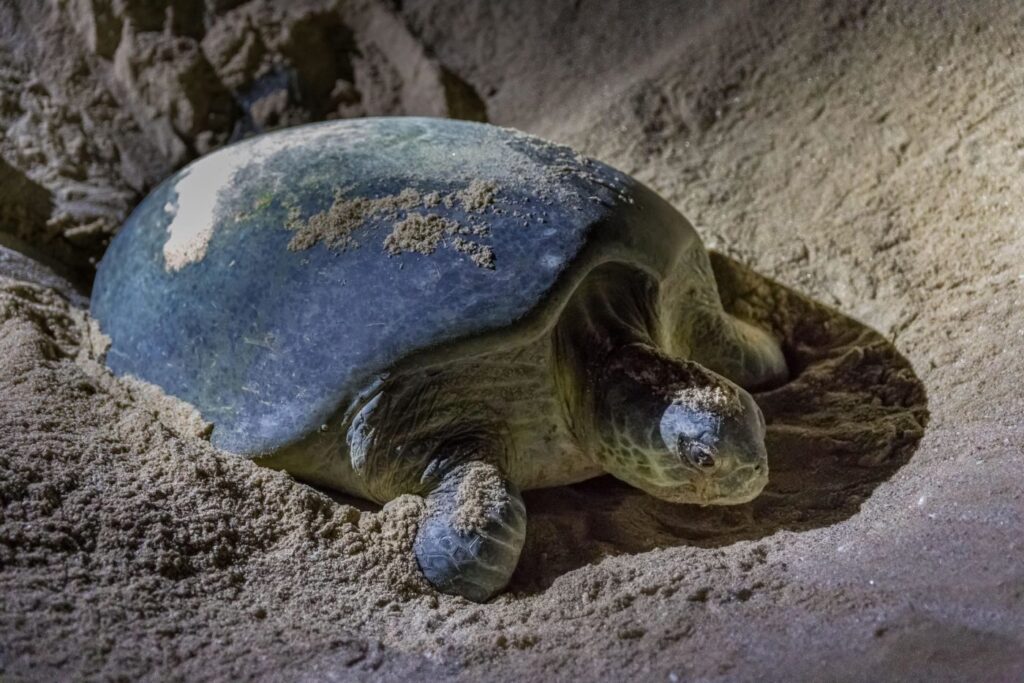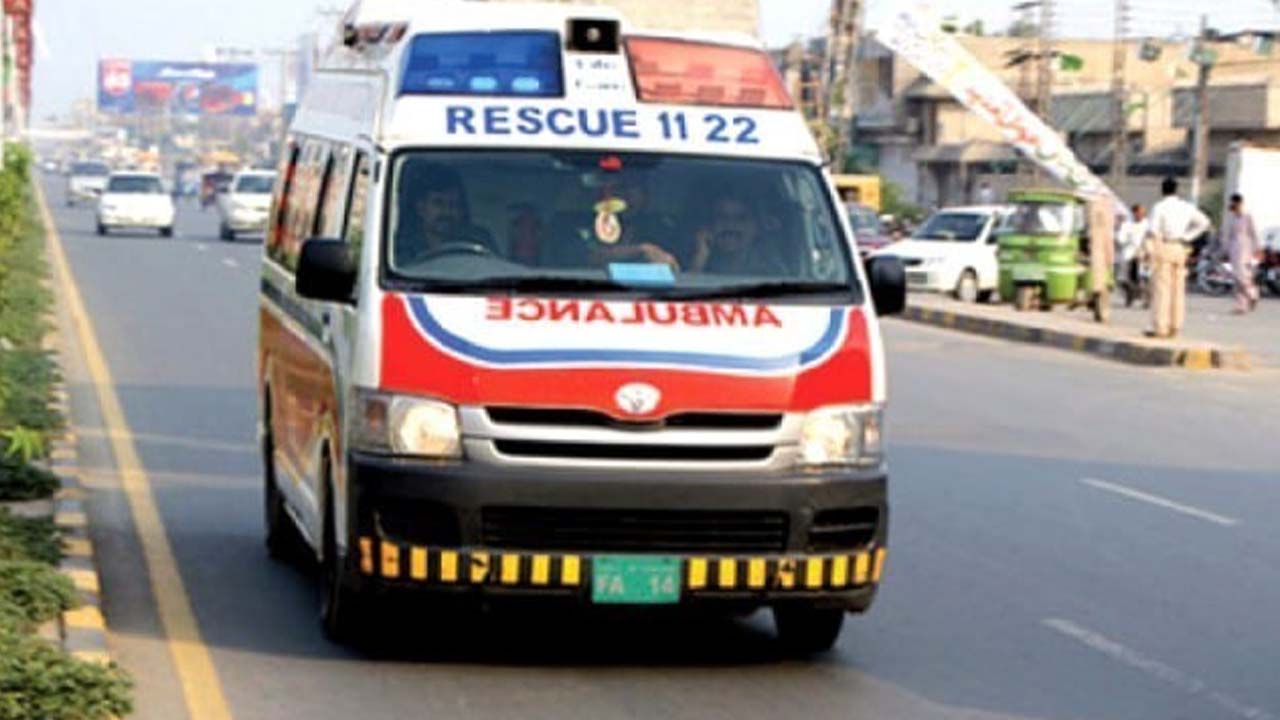- Web Desk
- 4 Hours ago
World Bank halts second phase of mauripur road project citing turtle risk
-
- Web Desk
- Apr 30, 2024

KARACHI: The World Bank has decided to halt the progression of the second phase of the Mauripur road rehabilitation project, which spans 5.9 kilometeres from Machli Chowk to the Karachi Nuclear Power Plant (KANUPP).
This decision was made due to conflicts with the bank’s policies regarding the preservation of natural habitats.
The initial phase of the project saw the installation of 500 harsh 120-watt LED streetlights, raising concerns about their potential adverse effects on the local ecosystem. Consequently, the World Bank has withdrawn its commitment to fund the project’s continuation. Additionally, it has urged city authorities to replace the existing lighting with environmentally friendly amber lights.
The Mauripur road rehabilitation was inaugurated by the chief minister of Sindh province in August. The project is part of the Rs840 million (USD 3 million) Competitive and Livable City of Karachi (CLICK) project for Karachi.
The turtle hatching season in Karachi starts from September and ends in mid-February. The turtle hatching season started in just 15 days at the beaches of Hawkesbay and Sandspit, which are roughly 100 meters from the recently opened road. The impact that the 500 120-watt LED lighting along the road would have on marine life, especially nesting turtles, was something that no one seemed to have considered.
Read more: Spring is here and so is Jashan-e-Baharan
While talking to the Third Pole, Shoaib Abdul Razzaq, the Marine Programme Coordinator of the World Wide Fund in Pakistan, stated that the beaches’ sandy textures and mild slopes made them perfect for turtle nesting locations. The glaring white LED lights, however, could cause a lot of disturbance.
Light pollution, or the overuse of artificial light outdoors, poses a serious threat to nesting and hatchling turtles, according to a 2022 study report on the effects of artificial light at night (ALAN) on marine ecosystems in the Indo-Pacific Ocean species.
Artificial light impacts hatchlings as they make their way to the beach and the ocean, as well as interfering with the ability of female turtles to navigate and select their nesting locations.
He further added that the female turtles stay underwater after dusk until high tide pushes them to go farther along the shore. They search for dangers during this period as well; if “human activities or lights are spotted, there are chances they return to sea without egg laying, or revisit when there are no threats for them,” said the statement.
According to Umair Bin Zamir, a marine turtle researcher and specialist in geographic information systems, hatchlings and adult turtles are drawn to the natural light that comes from the horizon. Their natural course may be hampered if too much artificial light interferes with the natural light.




